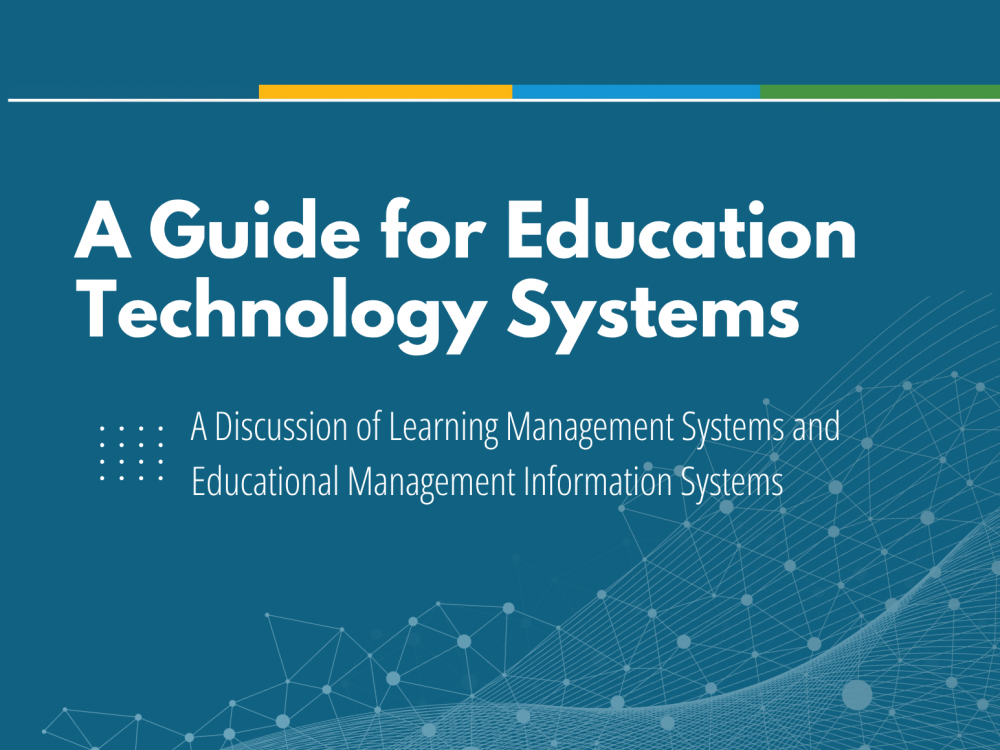A Guide for Education Technology Systems
Education worldwide is facing a critical crossroads. The number of out-of-school children and youth has risen to a total of 250 million. Among children in school, a large number are not learning as they should. As reported by the World Bank, “an estimated 70% of 10-year-olds are unable to comprehend a simple written text,” a significant increase from pre-pandemic levels. This urgent need to recover lost ground comes amid unprecedented technological change. Furthermore, the rapid rise of artificial intelligence (AI) provides novel methods for aggregating and analyzing education data, yet also presents new potential challenges impeding learners’ critical thinking and creativity. This critical need to prepare learners for a tech-driven future comes amid a straining global financial environment. To improve the state of education, resources must be deployed even more effectively.
Two essential tools to more effectively provide and monitor education levels include education technology systems: Education Management Information Systems (EMISs) and Learning Management Systems (LMSs). While distinct, these systems are complementary pillars of a modern education ecosystem:
- An EMIS supports ministries by collecting and analyzing data for national planning, progress monitoring, and resource allocation, fostering evidence-based decision-making.
- An LMS focuses on the classroom experience, enabling the design, delivery, and assessment of teaching and learning, including through AI-enabled features.
When integrated, an EMIS and an LMS can bridge the gap between student-level performance and system-level policy, allowing decision-makers to link data with interventions that directly improve educational outcomes.
This paper provides an overview of these systems. First, we define the systems and their strengths, then analyze their performance against criteria such as accessibility, adaptability, interoperability, security, and sustainability. The paper further examines the implications of adopting open-source versus proprietary solutions. Finally, we draw on country-specific case studies from Uganda, Guyana, the Bahamas, and Tanzania to provide practical insights through showcasing diverse deployment approaches and their outcomes.

A Guide for Education Technology Systems
Education is at a crossroads, with 250 million children out of school and many more not learning as they should. This paper explores how Education Management Information Systems (EMIS) and Learning Management Systems (LMS) can, together, strengthen education outcomes.